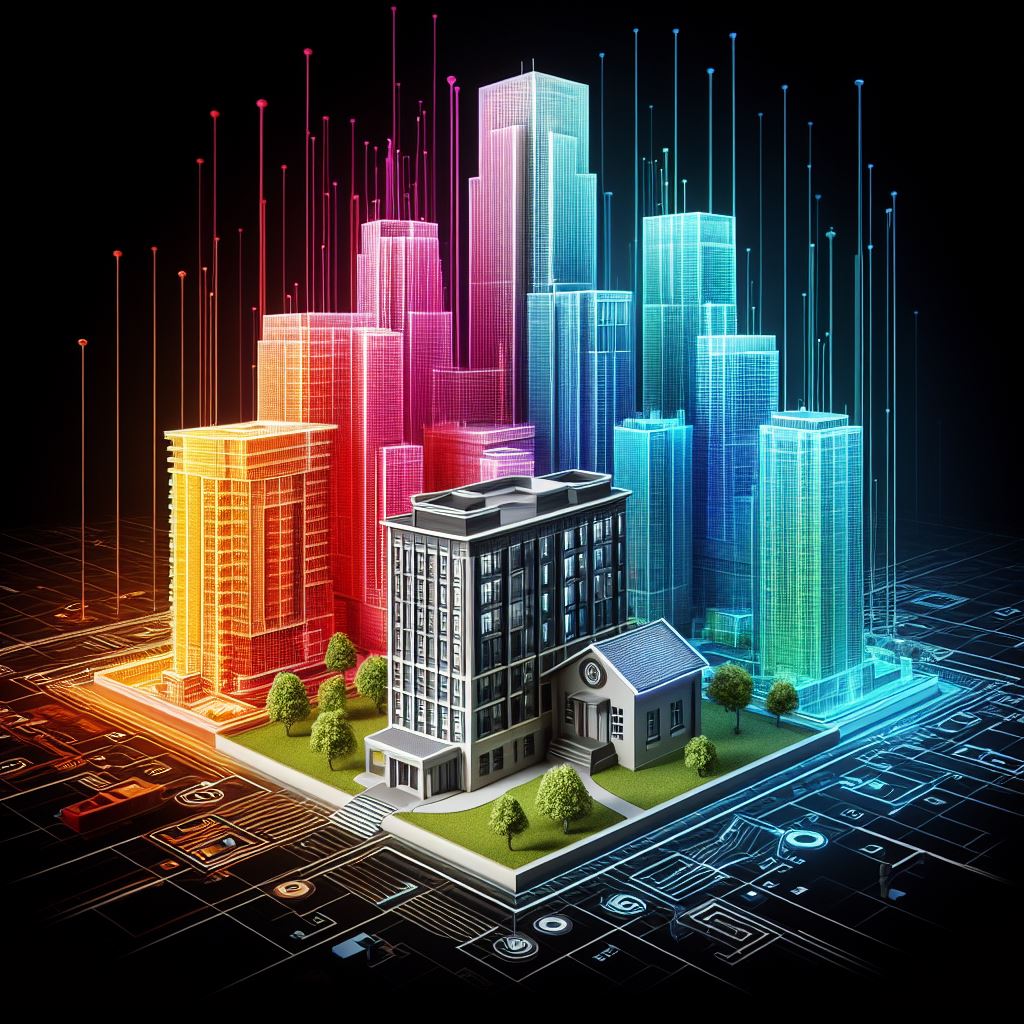Unveil a realm where the digital and physical converge, creating a dynamic, responsive, and intelligent built environment. This article delves into the intricacies of this relationship, offering insights and creative applications that redefine the boundaries of construction, operation, and maintenance.
The Essence of Digital Twins in BIM
At its core, a Digital Twin is a virtual replica of a physical asset, process, or system that serves as a real-time digital counterpart. In the context of BIM, DTs are not static; they are living models that learn and evolve. They are fed by continuous streams of data from sensors and user interactions, enabling them to simulate real-world conditions and predict future states with remarkable accuracy.
The Lifecycle Perspective
The integration of DTs within BIM extends across the entire lifecycle of a building. From the nascent design stages to the demolition or repurposing phase, DTs provide a comprehensive digital narrative of the building’s life. They capture the essence of every modification, every performance metric, and every maintenance operation, ensuring that the digital narrative is always aligned with the physical reality.
Data: The Lifeblood of Digital Twins
Data is the cornerstone of any DT. High-fidelity data gathered from IoT devices, user inputs, and environmental interactions feed into the BIM model, transforming it into a DT that mirrors the real-world asset. This data enables predictive analytics, which can forecast wear and tear on building components, anticipate maintenance needs, and optimize building operations for energy efficiency.
Creative Applications of Digital Twins in BIM
Interactive Space Planning
Imagine a DT that not only reflects the current state of a building but also interacts with potential modifications. Users can virtually rearrange walls, furniture, or entire floors and immediately understand the implications on space utilization, lighting, and flow.
Disaster Simulation and Response
DTs can simulate disaster scenarios such as earthquakes, floods, or fires. By analyzing the building’s response to these events, architects and engineers can design more resilient structures and plan effective emergency responses.
Heritage Preservation
DTs can be used to digitally preserve historical buildings. By creating a DT of a heritage site, we can explore restoration possibilities and understand the impact of environmental factors on the structure without physically altering the site.
Smart Cities Integration
DTs of individual buildings can be integrated into a larger smart city framework. This creates an interconnected ecosystem where data from individual DTs contribute to the overall efficiency and sustainability of the urban environment.
The Future: AI-Enhanced Digital Twins
The future of DTs in BIM is intertwined with artificial intelligence. AI algorithms can analyze the vast amounts of data generated by DTs to uncover patterns and insights that would be impossible for humans to discern. This could lead to autonomous buildings that self-optimize for comfort, energy use, and maintenance.
In conclusion, the fusion of BIM with DTs is not just an enhancement of the construction industry; it’s a redefinition of how we interact with the built environment. It’s a canvas for innovation, a platform for sustainability, and a testament to the power of digital transformation.
We Don’t Just Design Buildings; We Engineer Landmarks that Stand the Test of Time.
Let’em Know !
Share with friends and family.

